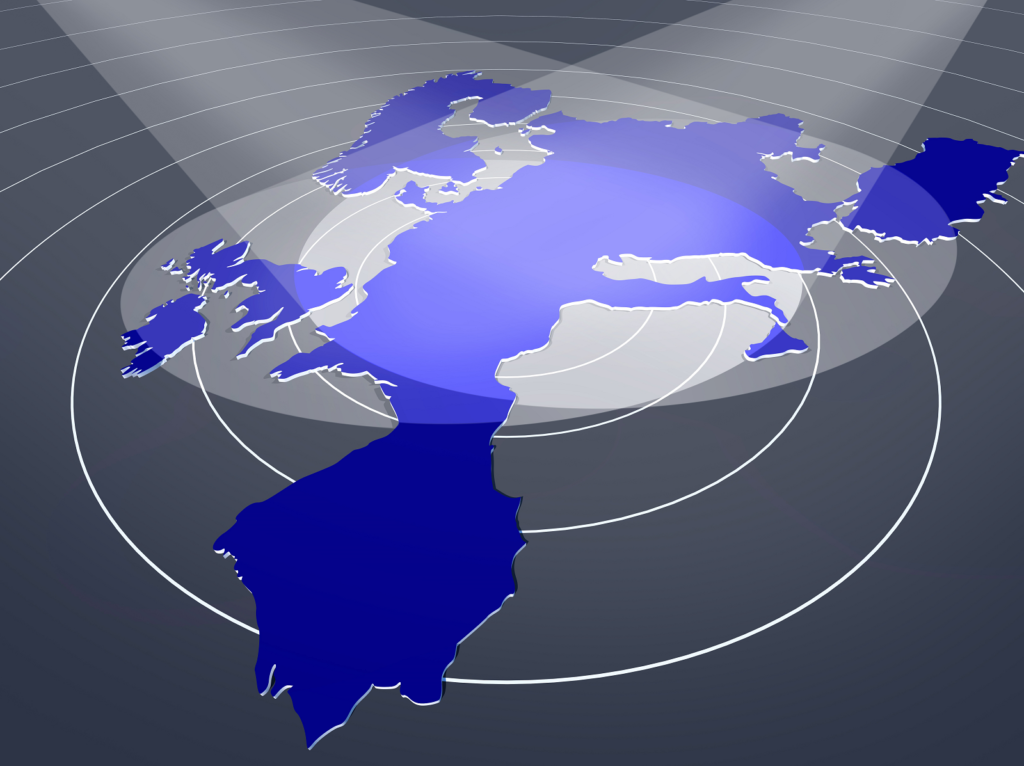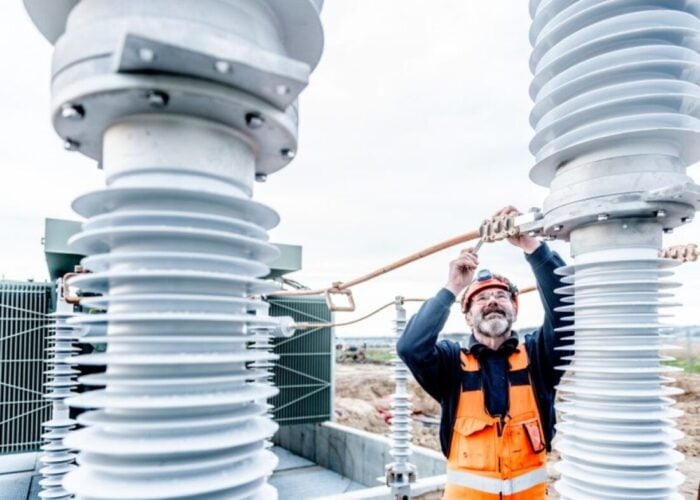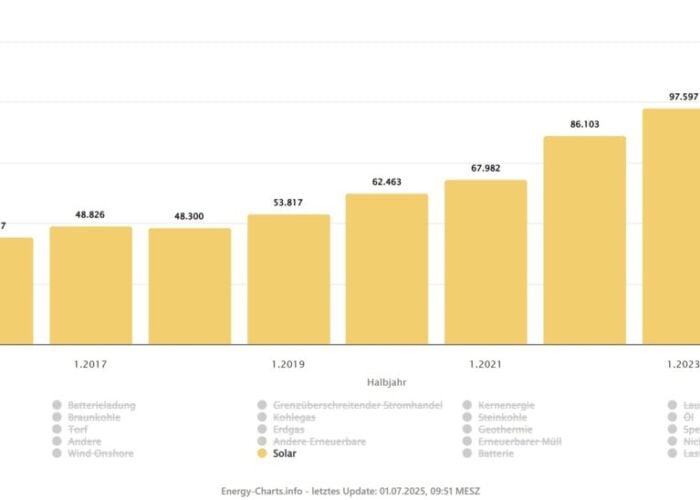
Not only will solar be the dominant source of new power generation in Europe by 2025, cementing its position as the third largest market for solar globally, but the continent has placed the asset class at the very heart of its COVID-19 recovery strategy. As part of a week-long special report on PV Tech Premium, Liam Stoker, Edith Hancock and Jules Scully explore the drivers for solar in Europe, the key markets and the challenges that remain.
In September 2020, when the International Energy Agency (IEA) said that solar PV would become the eminent source of power generation in Europe within the next five years, truthfully the full, lasting impact of the coronavirus pandemic was not yet known. Subsequent second and third waves of the pandemic have altered the economic landscape beyond recognition.
Unlock unlimited access for 12 whole months of distinctive global analysis
Photovoltaics International is now included.
- Regular insight and analysis of the industry’s biggest developments
- In-depth interviews with the industry’s leading figures
- Unlimited digital access to the PV Tech Power journal catalogue
- Unlimited digital access to the Photovoltaics International journal catalogue
- Access to more than 1,000 technical papers
- Discounts on Solar Media’s portfolio of events, in-person and virtual
Still, the IEA’s forecast underpinned the astonishing growth trajectory of solar PV in its third-largest market globally. That the agency’s forecasts would be further upgraded just six months later, cementing solar’s position at the top of the tree, is testament to the industry’s resiliency, ambition and plethora of use cases. From utility-scale to prosumer rooftops, solar looks set to spread and play a pivotal role in Europe’s economic recovery from COVID-19.
Solar’s role in Europe’s power sector has, in the wake of the pandemic, taken on a whole new importance. It has now been placed at the centre of the continent’s economic recovery from the pandemic and identified as an important industry at the heart of the European Union’s industrial strategy.
45GW
2024 solar deployments forecasted in SPE’s High scenario
Deployment of solar PV in Europe continues to rise, increasing 11% from the 16.2GW installed in 2019 to 18.2GW last year, according to trade body SolarPower Europe (SPE), taking cumulative solar generation capacity to 137.2GW. The IEA meanwhile now expects 23.5GW of solar to be deployed in Europe this year, followed by 25.6GW in 2022. The IEA’s forecasts are historically on the low side. The last-published edition of SPE’s EU Market Outlook forecasts for 22.4GW to be installed this year, followed by 27.4GW in 2022 and 30.8GW in 2023. A further 35GW is expected by SPE to be installed in 2024 under its moderate scenario, illustrating the rapid rate of escalation solar deployment is to enjoy.
However that figure jumps significantly to 45GW installed in 2024 within SPE’s High scenario, which has underlying assumptions that the industry will be a big beneficiary of Europe’s green deal and COVID recovery packages, there remain no import taxes on solar products and, simply put, no other barriers are placed in solar PV’s way. A conducive environment is therefore highly integral to solar’s continued success and growth in Europe, but what does that environment look like?
Policy and pricing
Policy has, obviously, played a critical role in helping establish solar as a force to be reckoned with in Europe. The minimum import price protected the continent’s domestic manufacturing scene for years, and subsidies made available by national governments helped the technology deploy and compete until it no longer needed the support. Policy has also contributed significantly to the peaks and troughs European solar has experienced from 2011 until today, with some markets in particular still reeling from policy decisions taken almost a decade ago. Now policy is taking on an entirely different role, levelling the playing field and ensuring that field is clear of any obstacles or hurdles, rather than supporting the technology fiscally.
Critical to Europe’s future success will be a raft of policies and targets set by the European Commission, such as the 55% greenhouse gas reduction aim the Commission set in December 2020 to be achieved within the forthcoming decade, an upgrade on the previous aim of a 40% cut in emissions. While that target was criticised for not being ambitious enough, it has laid the groundwork for member states to build on. Further measures that make up the Clean Energy Package 2.0, including the Renewable Energy Directive which, amongst other things, intends to simplify permitting for new renewables projects in the bloc, and stricter carbon pricing signals should nudge the market towards a more renewables future. Equally, the EC’s Green Hydrogen Strategy, published amidst the COVID-19 fallout last summer, has established the target of building total hydrogen electrolyser capacity of 40GW within Europe by 2030 – that will require up to 120GW of new renewable capacity to power it, with solar expected to play a leading role.
SolarPower Europe’s six recommendations for member states
- Boost utility-scale solar and storage
Allocate funds to finance renewable energy tenders, using recovery funds to accelerate permitting procedures. - Roll out solar rooftop and storage
Design solar mandates for all new and existing buildings with suitable rooftops to feature solar installations. - Promote electrification and invest in smart grids
Prioritise investments into the integration of battery energy storage systems and smart vrid projects that unlock flexible and distributed energy resources. - Support the European solar manufacturing sector
Use recovery funds to facilitate the development of new manufacturing projects in Europe to strengthen energy security and independence. - Reconvert former coal and industrial sites with solar
Reconvert former coal and industrial sites into hubs for innovative solar applications such as floating, biodiverse and agricultural solar projects. - Finance training and re-skilling programmes
Support job creation in solar by offering fiscal and administrative incentives for companies growing their workforces and launch large-scale training programmes to upskill employees.
Heymi Bahar, senior analyst for renewables at the IEA, says that while policy has indeed taken solar PV to new heights, the biggest driver in recent years has been an “incredible” amount of corporate power purchase agreement (PPA) activity in selected markets, particularly Spain. “It has changed the trend in Europe from mostly small scale, distributed PV applications to more large-scale installations,” Bahar says. Corporate entities in Spain have flocked to sign PPAs with solar projects blessed with high irradiance able to offer low power prices as a result. While the market slowed somewhat last year, in 2019 Spain deployed around 4.8GW of solar PV, enough to challenge Germany for the crown of Europe’s leading solar market that year. Germany looks set to come roaring back courtesy of the lifting of a subsidy cap last year and new, more ambitious targets under the country’s EEG law, more on that you can read on page 18.
“Policy is playing an incredible role, because the governments shape these policies based on their ultimate [central European] target,” Bahar says, noting the drivers being not just interim targets set for 2030, but the overall net zero ambition which is set for 2050.
Technology driving change
While policy would appear to be doing a lot of the heavy lifting as the key driver for facilitating deployment, the technology is proving itself in different ways. The addition of trackers and bifacial panels is proving successful in more northerly locations than previously thought possible. Frank Niendorf, general manager for Europe at ‘Solar Module Super League’ member JinkoSolar says that while Europe is perhaps lagging behind other markets in its adoption of bifacial panels to date, bifaciality is widely anticipated to spread into Europe’s key markets and be included within most new project designs. Sufficient solar glass capacity – another of the solar PV sector’s material constraints of recent months – could prove a stumbling block, but Niendorf is backing Europe’s adoption of bifacial panels to continue at pace. “I have no doubt that the bifacial market share will surpass 50% by 2025, at least for the ground-mount project segment,” he says. The same goes for large-format modules that utilise wafers of either 182mm or 210mm sizes. While adoption has perhaps been slower than some may have anticipated, most new project designs are taking these size modules into account.
Europe’s turnaround from a market that installed in excess of 20GW of new solar in 2011, before collapsing to around 5GW in each of the years from 2014 to 2016, courtesy of a drastic fall in new installations in markets such as Italy, Germany and France, before rebounding once again to a 20GW+ market is garnering attention. “What we are currently experiencing is a very impressive turnaround of the European market which offers fantastic perspective for the coming years. We are very bullish, very confident about Europe in general,” Niendorf says.
Europe’s solar potential therefore continues to abound, driven by the collective ambition of the European Union’s member states – and other nations on the continent – to decarbonise their economies. But as you will read in the forthcoming pages, European solar is a diverse collective. It is multifaceted, from R&D and manufacturing knowhow to financing and deployment nous that is almost unrivalled elsewhere. Policy levers differ from nation to nation, and each country has their own drivers, niches and histories which make them tick.
The pages ahead provide a deep dive into the key markets driving European solar forward, right the way through from the perennial leaders such as Germany and Spain, to the emerging including Poland that are expected to play pivotal roles out to 2024. We also analyse the growing calls for a domestic manufacturing renaissance in Europe and the role in which COVID recovery stimulus packages can – and some may argue should – play in that, while also tackling the hurdles and challenges that remain.
European solar is once again on the rise, and this is the story behind that resurgence.







